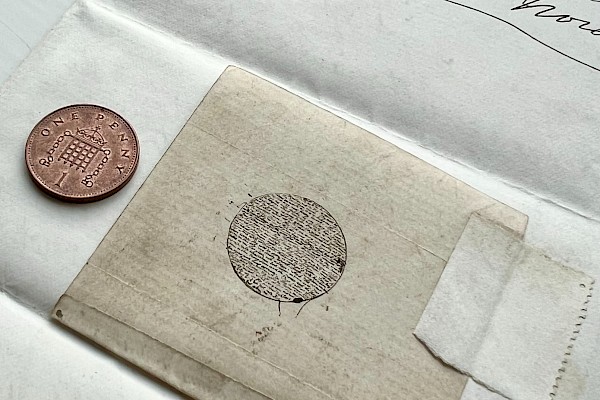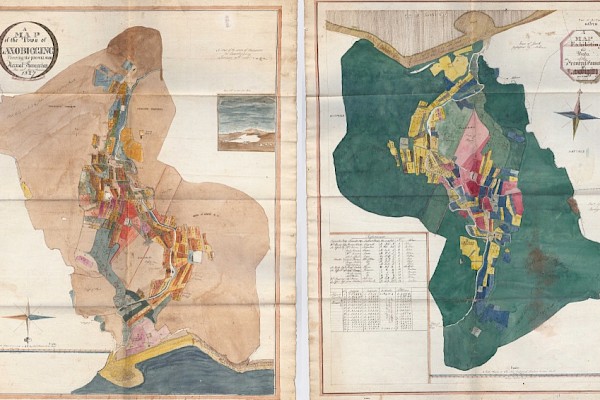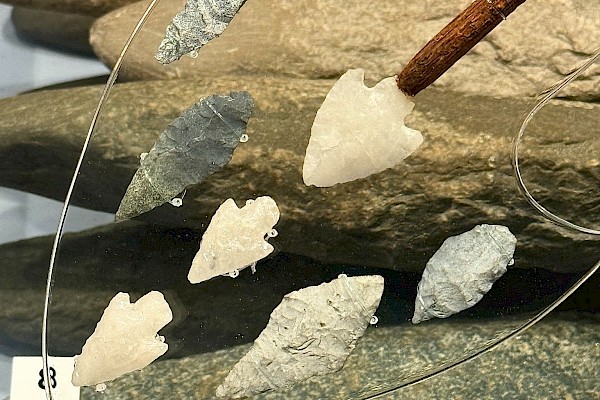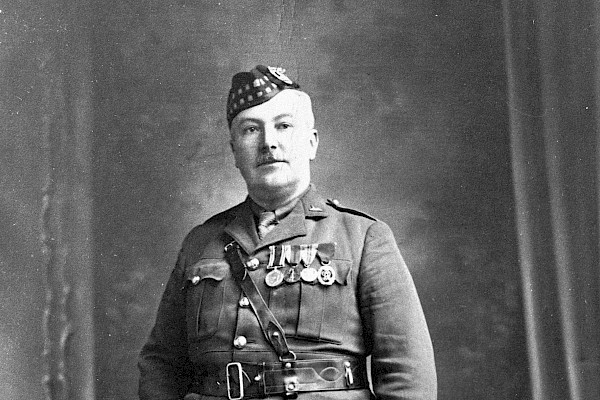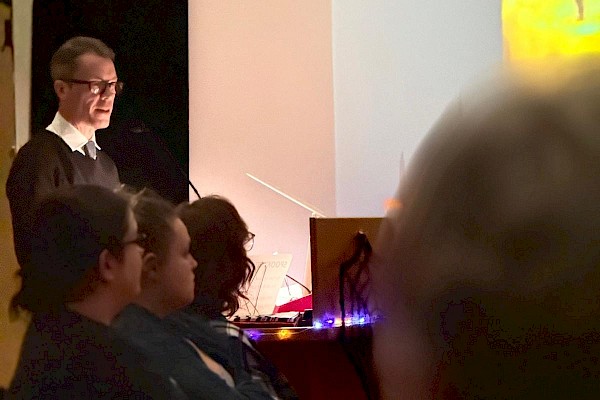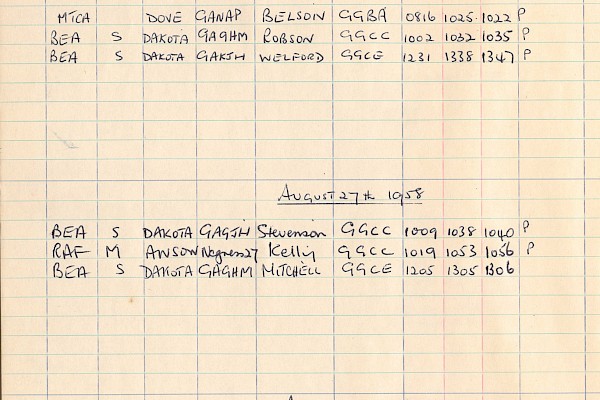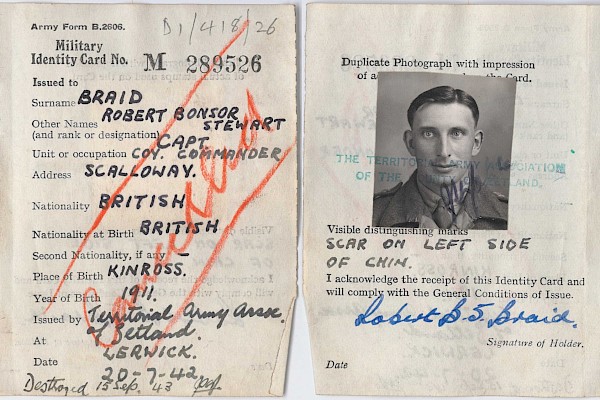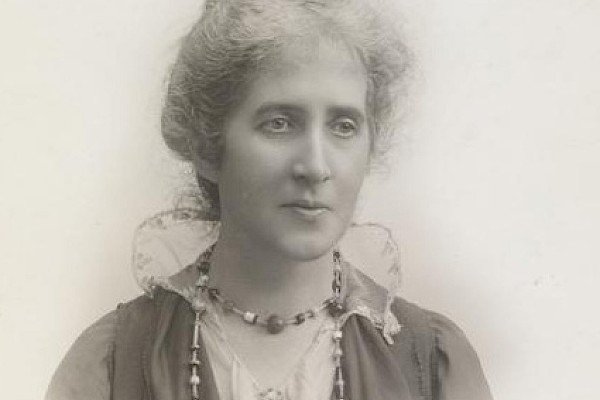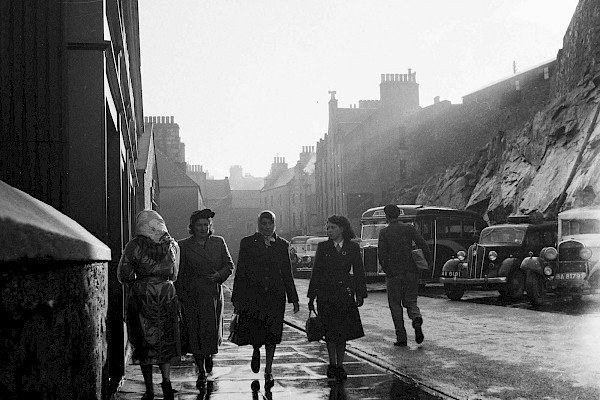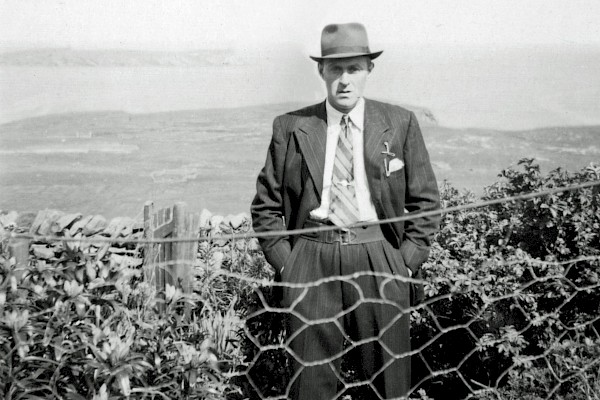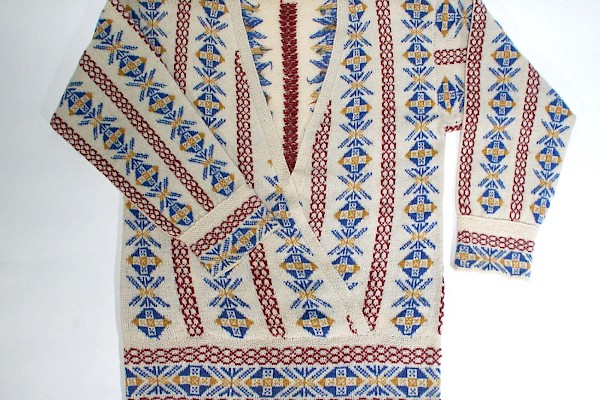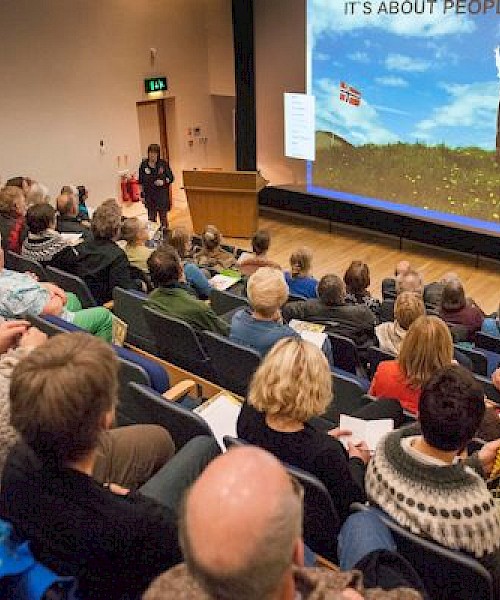Unveiling the Shetland War Memorial, 6 January 1924
The eleventh hour of the eleventh day of the eleventh month, the time of the armistice that ended the Great War. Remembrance in November has been the UK’s biggest act of commemoration for a century now. This year’s ceremony at the Cenotaph was different with Covid spacing, the monarch in a mask, and no crowds. Restrictions on meetings meant many had to contemplate sacrifice without company. The lonely path of loss.
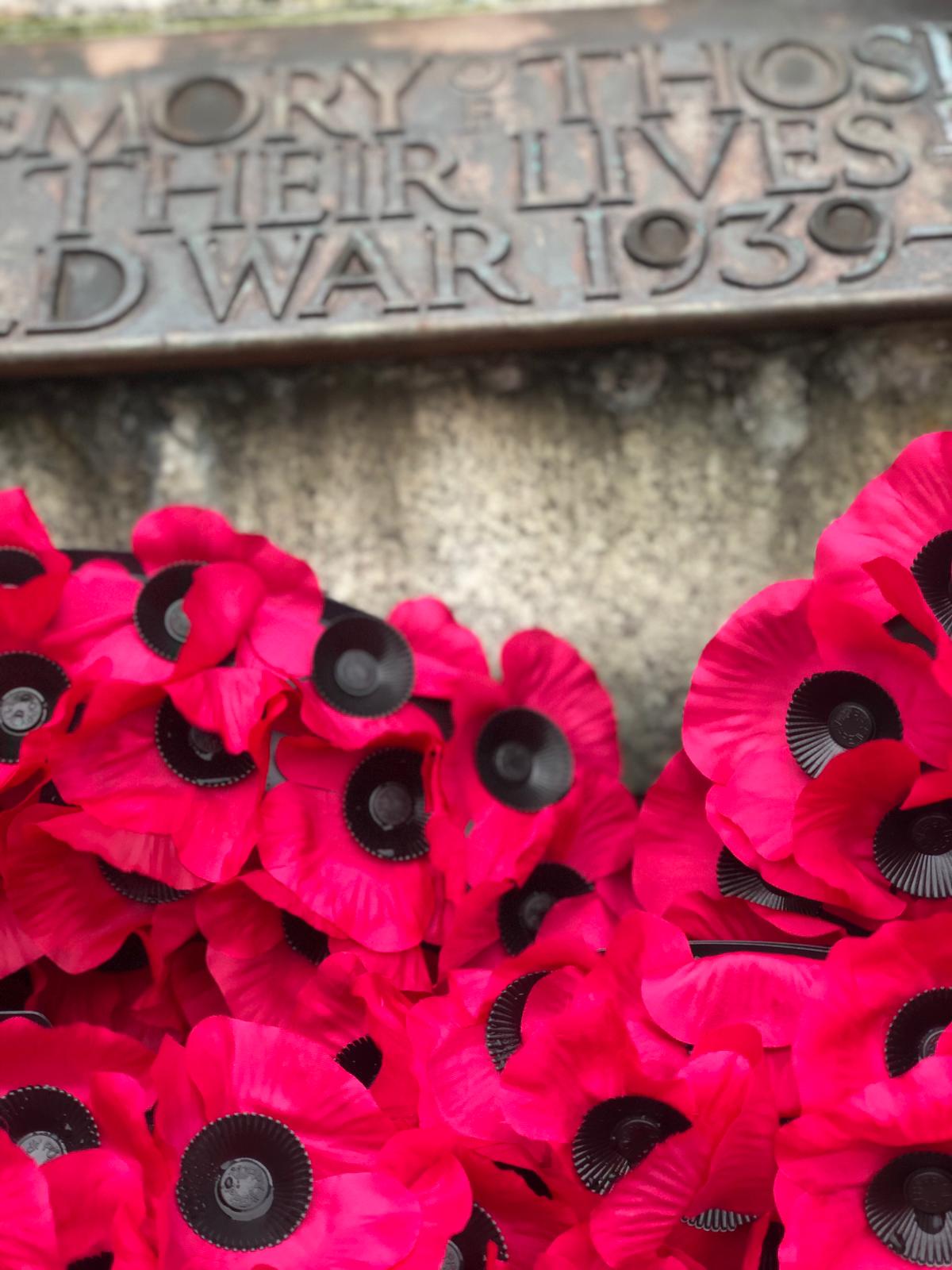
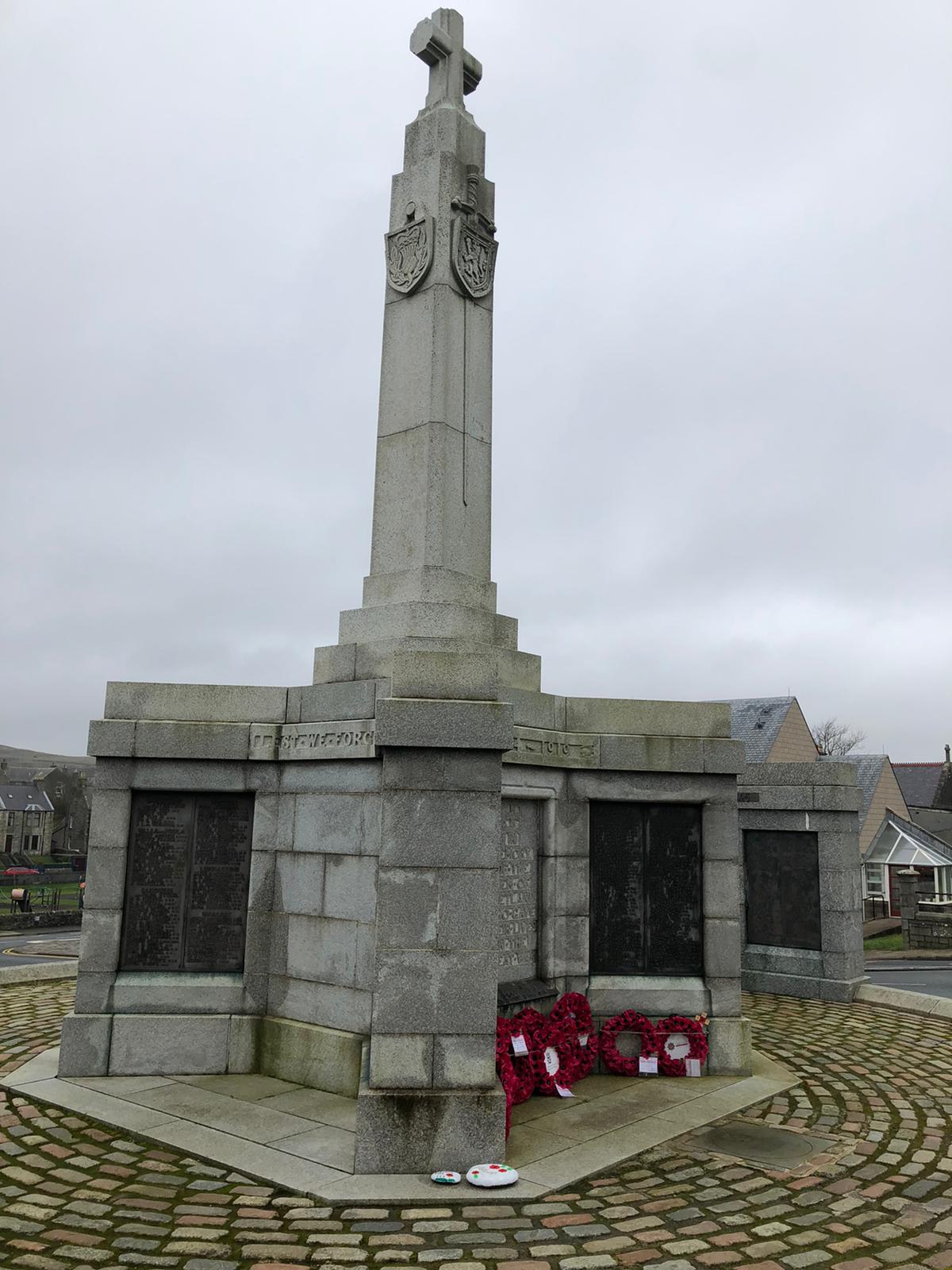
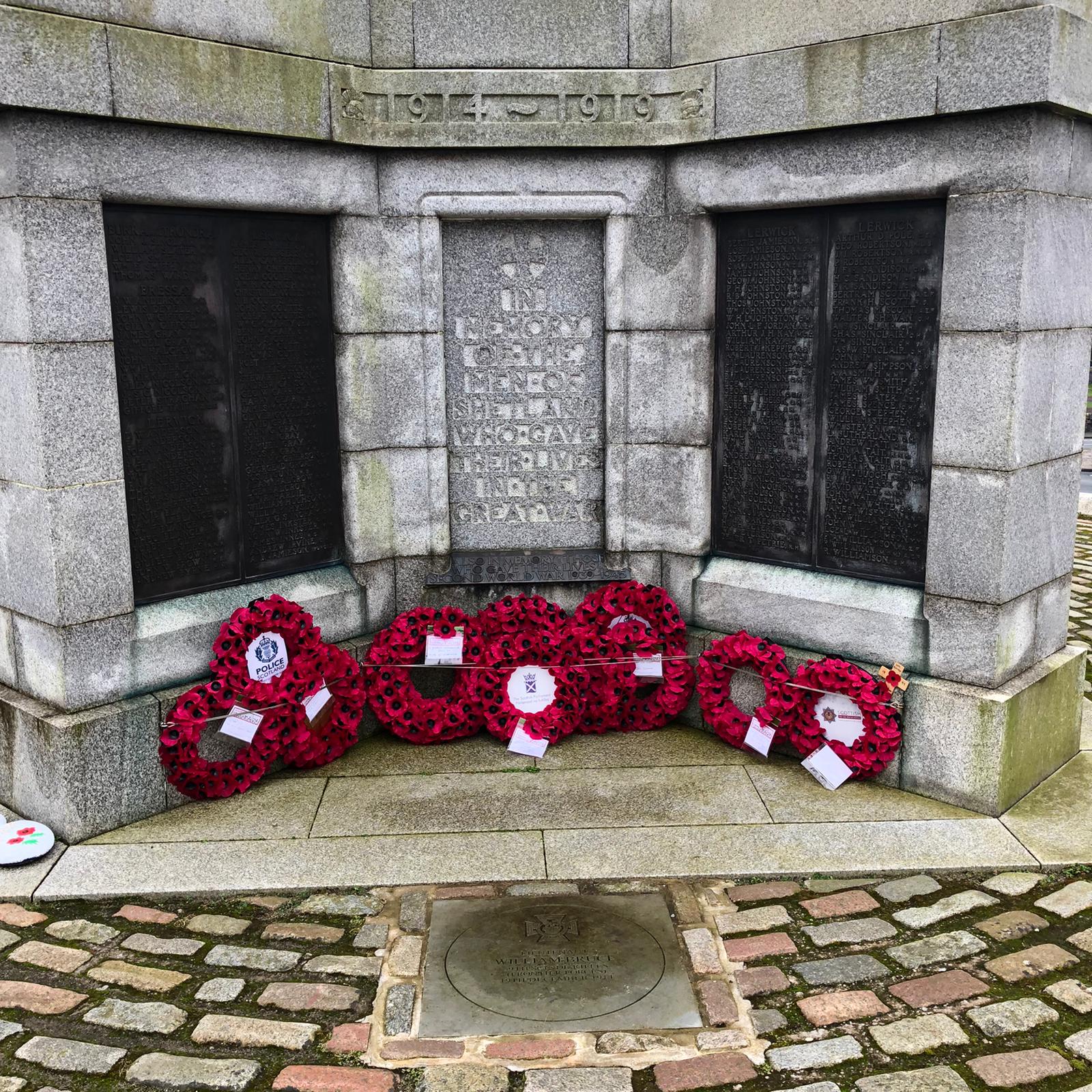
The main ceremony in Shetland is at the County War Memorial at Hillhead in Lerwick. Commemoration needs a focus. In 1920, just a couple of years after the armistice, there was no major remembrance ceremony. After much deliberation and thought Shetland got a war memorial on January 6, 1924. It isn’t quite a century old yet.
A lot of war memorials in Britain were unveiled by women who had lost sons, a way to honour the dead, and the grief of their mothers. Three women in Shetland lost three sons. Mrs Elizabeth Mann had died by the time of the memorial, Mrs Charlotte Gear didn’t feel well enough. Mrs Janet Hardy also lost three boys. Thomas, one of Shetland’s few regular soldiers died in France in 1914, Charles died in 1916, his ship torpedoed, and William was accidentally drowned in 1917. A son and a daughter survived.
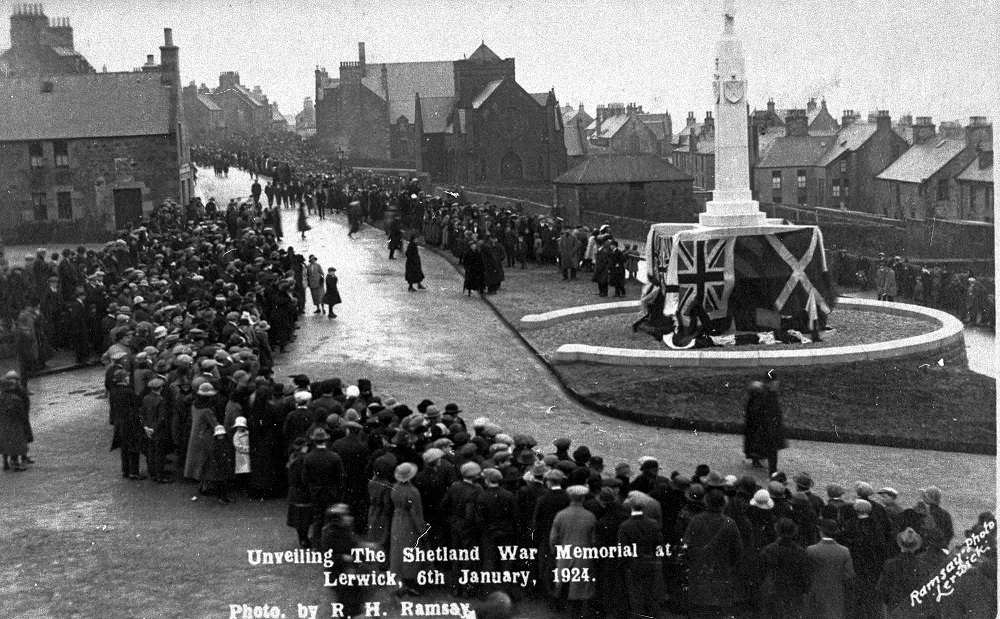
Mrs Hardy initially refused, citing “bad health in the loss of my three sons,” in a letter. It isn’t surprising that she didn’t feel up to it – the stress of love and sadness, and how often a home offers reminders of what has gone. In the end she changed her mind. Her daughter, Margaret Hardy, was there. Her husband too, wearing his sons’ medals. A large crowd saw her take a few steps forward and pull aside a flag, then she laid a wreath below the panel with her boys’ names.
The newspaper reports didn’t say anything about what Mrs Hardy felt. Probably, it wasn’t something they felt proper to ask about, or print. As Shetlanders would say, an ill laek ta do. Private things remained private. The onlookers though, with their own burdens of grief, would have known that she was undertaking something deeply difficult.
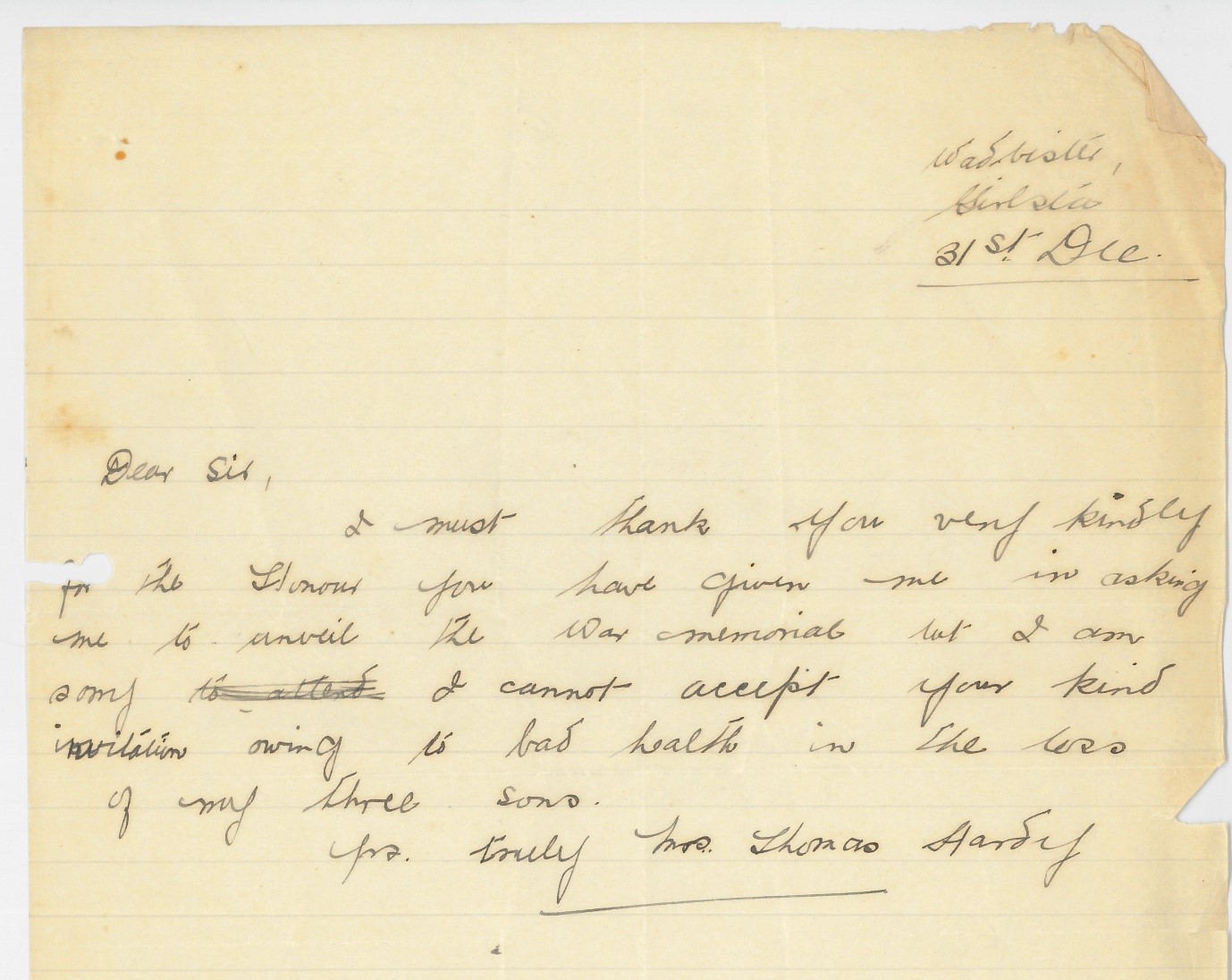
Note. For more on the history of the war memorial see Linda Riddell’s book, Shetland and the Great War. Mrs Hardy’s letter is held in Shetland Archives, CO7/77/1.

